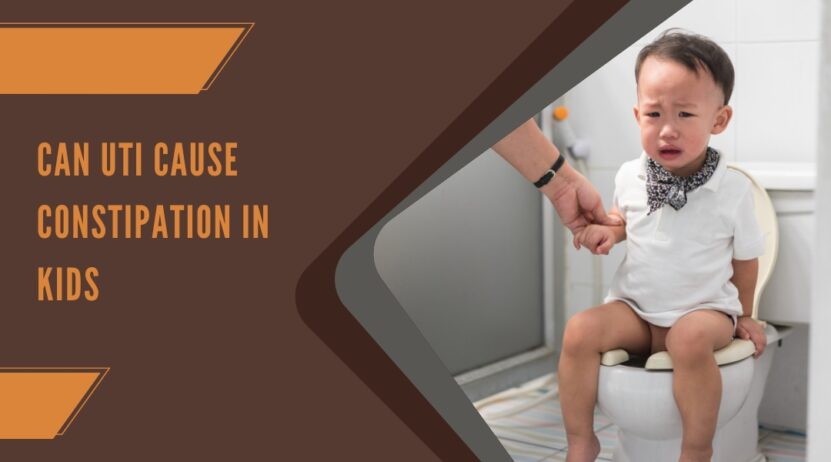The human body is an intricate network of systems, each performing its unique functions, yet all interconnected in some way. The urinary and digestive systems, though seemingly separate, can influence each other in surprising ways.
One such instance is the potential relationship between urinary tract infections (UTIs) and constipation in children, a topic that often perplexes many parents and caregivers. This article aims to demystify this connection, providing an understanding that helps in preventing and managing these health issues in children.
In young children, the symptoms of UTIs and constipation can sometimes overlap or be misinterpreted, leading to delays in diagnosis and treatment. As a parent or caregiver, having a nuanced understanding of these conditions is crucial. From recognizing symptoms to seeking timely medical attention, every step is paramount in ensuring the child’s health and well-being.
The complexities associated with UTIs and constipation can create apprehension and confusion. However, comprehending these conditions and their correlation doesn’t require a medical degree. It’s about equipping oneself with the right knowledge to foster healthier habits in children and navigate healthcare needs efficiently. So, let’s dive in!
UTI: Explaining the Basics
A UTI or Urinary Tract Infection is an infection that affects any part of the urinary system, which includes the kidneys, bladder, ureters, and urethra. While UTIs can occur in anyone, they are more common in girls and women due to anatomical differences. In children, UTIs can be hard to detect because symptoms may be vague and not always associated with urinary issues.
These infections are usually caused by bacteria that enter the urinary tract, often from the digestive system. E. coli, a type of bacteria found in the intestines, is the most common culprit. While the body has defenses to keep these bacteria out, sometimes they manage to adhere to the urinary tract walls and multiply, leading to an infection.
In children, UTIs can be lower (bladder and urethra) or upper (kidneys and ureters). Lower UTIs are more common and usually less severe. However, if left untreated, the infection can travel up to the kidneys, causing an upper UTI, which can have serious health implications. Therefore, timely diagnosis and treatment are crucial.
The Link Between UTIs and Constipation in Children
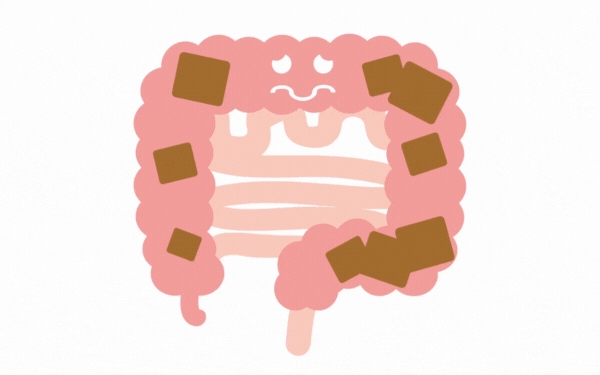
Constipation is a condition characterized by infrequent bowel movements, often accompanied by difficulty or discomfort during defecation. It’s a common issue in children due to various reasons like changes in diet, inadequate fluid intake, or reluctance to use the toilet. But how does constipation relate to UTIs? The link between these two seemingly unrelated conditions lies in the close anatomical proximity of the digestive and urinary systems.
The rectum (the final part of the large intestine where stool is stored before it’s eliminated) and the bladder (where urine is stored before being excreted) are neighboring organs. When a child is constipated, a full rectum can put pressure on the bladder, reducing its capacity to hold urine. This can lead to urinary stasis, a state where urine stays in the bladder for too long, allowing bacteria to multiply and potentially cause a UTI.
Moreover, constipation can lead to incomplete emptying of the bladder. Incomplete bladder emptying means some urine always remains in the bladder, again providing a breeding ground for bacteria, increasing the risk of UTIs.
Common Symptoms
Recognizing the symptoms of both UTIs and constipation is crucial for early detection and treatment. In UTIs, children might experience pain or a burning sensation during urination, frequent urge to urinate, lower abdominal pain, or fever. The urine may appear cloudy or have a strong smell. In infants and very young children, symptoms can be more general, like irritability, loss of appetite, or unexplained fever.
Constipation, on the other hand, presents symptoms like fewer bowel movements than usual, hard or dry stools, and straining or discomfort during bowel movements. In some cases, children may also experience abdominal pain and a decreased appetite. A significant sign of constipation is when a child who was previously toilet trained starts to have frequent episodes of soiling their pants.
It’s important to note that children may not always express or articulate their discomfort accurately. Hence, a keen observation of behavioral changes and physical symptoms is crucial.
How Constipation Can Contribute to UTIs
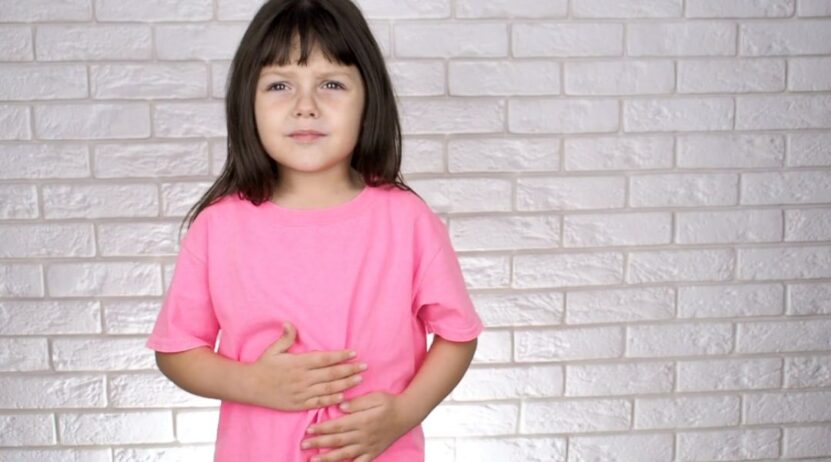
As we have established, constipation can create conditions favorable for UTIs by causing urinary stasis and incomplete bladder emptying. But that’s not all. When a child is constipated, the presence of hard, impacted stool in the rectum can make it difficult for them to recognize the need to urinate. This delayed response can lead to bladder overdistension, weakening the bladder muscles over time and making it even more challenging to completely empty the bladder.
Additionally, straining during bowel movements can lead to dysfunction in the coordinated activity of the pelvic floor muscles, which are involved in both urination and defecation. This dysfunction, known as dyssynergic defecation, can contribute to urinary issues, including UTIs.
Also, in children who experience recurrent UTIs, it’s vital to investigate the possibility of chronic constipation. Addressing underlying constipation often helps reduce the recurrence of UTIs, further underlining the link between the two.
The Urinary System in Children Explained
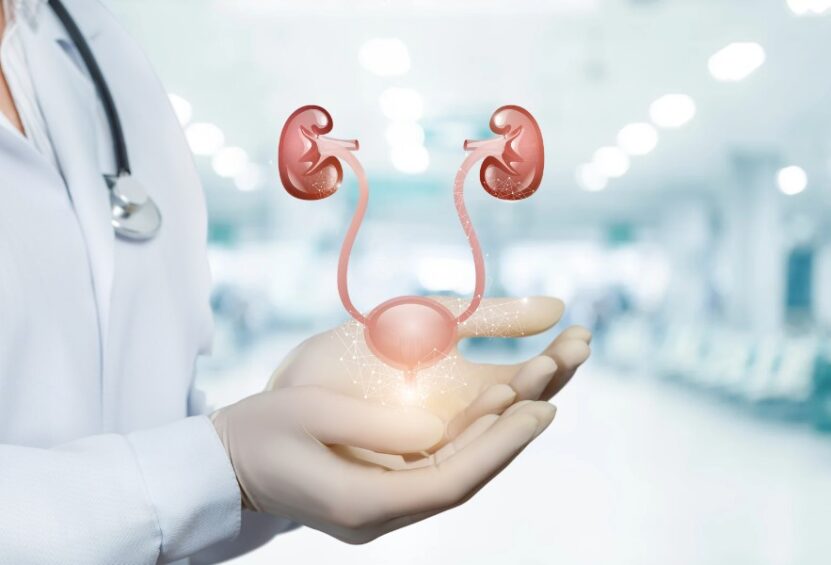
The urinary system in children functions much like it does in adults, but there are some key differences to note. A child’s bladder is smaller and thus has a lower holding capacity. Also, children often delay going to the bathroom because they are engrossed in play, which can increase the risk of UTIs.
The kidneys produce urine, which flows through tubes called ureters to the bladder, where it’s stored until excretion. The bladder empties through the urethra, which carries the urine out of the body. In children, especially those under the age of two, the urinary system is still developing. This immature system, combined with the habits of children, can contribute to the risk of UTIs.
Additionally, the urinary and bowel systems share some common innervation and musculature. Thus, problems in one system can impact the other, adding another layer to the interplay between constipation and UTIs in children.
Risk Factors
Certain risk factors increase a child’s chances of developing UTIs and constipation. For UTIs, these include being female (due to shorter urethra), poor toilet hygiene, infrequent urination, and having a history of UTIs. Certain anatomical abnormalities, such as vesicoureteral reflux (a condition where urine flows back from the bladder into the ureters or kidneys), can also predispose children to UTIs.
For constipation, risk factors include a diet low in fiber, inadequate fluid intake, changes in routine, toilet training issues, and psychological factors like stress or emotional issues. Some children may avoid going to the bathroom due to fear of pain or a previous unpleasant experience, leading to a cycle of holding in stool and developing constipation.
While some risk factors can’t be changed, many of them can be addressed through lifestyle adjustments, thus reducing the likelihood of these conditions.
Prevention Strategies

Prevention is always better than cure. Encouraging good toilet hygiene, such as wiping from front to back, especially in girls, can help prevent the spread of bacteria to the urinary tract. Encouraging children to use the bathroom regularly, instead of ‘holding it in’, can help avoid urinary stasis and subsequent UTIs.
When it comes to preventing constipation, diet plays a significant role. A balanced diet rich in fiber, including fruits, vegetables, and whole grains, can help promote regular bowel movements. Adequate fluid intake is equally important, as it softens the stool and makes it easier to pass. Regular physical activity can also stimulate the digestive system and help alleviate constipation.
In addition, establishing a consistent bathroom routine and creating a relaxed and positive bathroom environment can help children avoid withholding behaviors, reducing the likelihood of constipation.
Diagnosing UTIs and Constipation in Children
Diagnosis of both UTIs and constipation involves a combination of symptom assessment, medical history, and certain tests. For UTIs, a urinalysis (examination of urine) is usually the first step. If a UTI is suspected, a urine culture can help identify the bacteria causing the infection.
In diagnosing constipation, a doctor will typically review the child’s medical history, perform a physical examination, and evaluate the child’s symptoms. In certain cases, further tests such as an abdominal X-ray or rectal examination might be necessary to confirm the diagnosis and rule out other conditions.
In cases where UTIs are recurrent and a child has a history of constipation, healthcare providers may look into the interplay between these two conditions as part of the diagnostic process.
Treatment Options
Treatment for UTIs typically involves antibiotics to eliminate the bacteria causing the infection. It’s crucial to complete the full course of antibiotics, even if symptoms improve, to ensure the infection is entirely cleared and to prevent resistance.
For constipation, the treatment primarily includes dietary modifications like increasing fiber and fluid intake. In some cases, over-the-counter or prescribed laxatives might be needed to soften the stool and stimulate bowel movements. Long-term constipation might require behavior therapy or biofeedback to retrain bowel habits.
In cases where UTIs and constipation are interconnected, addressing constipation can often alleviate UTI symptoms and reduce their recurrence. Each child is unique, and their treatment will be tailored to their specific symptoms, general health, and response to initial treatments.
When to Seek Medical Help
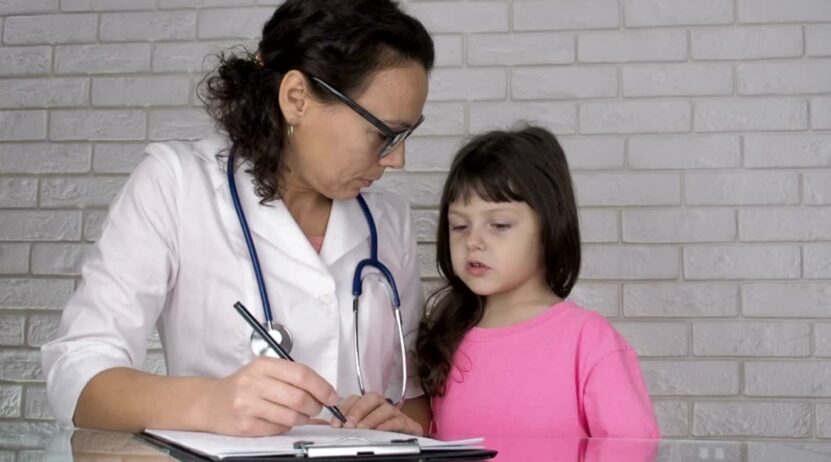
While mild constipation or a one-off UTI might not necessitate urgent medical attention, certain situations do call for professional intervention. If your child has a high fever, severe abdominal pain, blood in urine or stool, persistent vomiting, or if a young child or infant is unusually irritable or lethargic, seek medical help immediately. Recurrent UTIs and chronic constipation also warrant a visit to the doctor.
As a parent or caregiver, trusting your instinct is important. You know your child best – if something doesn’t feel right, it’s better to err on the side of caution and consult a healthcare professional.
Final Words
Understanding the connection between UTIs and constipation in children is a powerful tool in your arsenal for promoting child health. These conditions, while common, should not be overlooked as they can significantly impact a child’s quality of life and may lead to long-term health issues if not addressed timely.
Remember, knowledge is power. The more informed you are about your child’s health, the better equipped you’ll be to guide them through these minor bumps on their journey to growing up. So keep observing, stay informed, and remember, when in doubt, always turn to a healthcare professional. Here’s to happier, healthier children!

